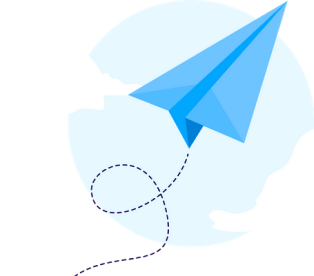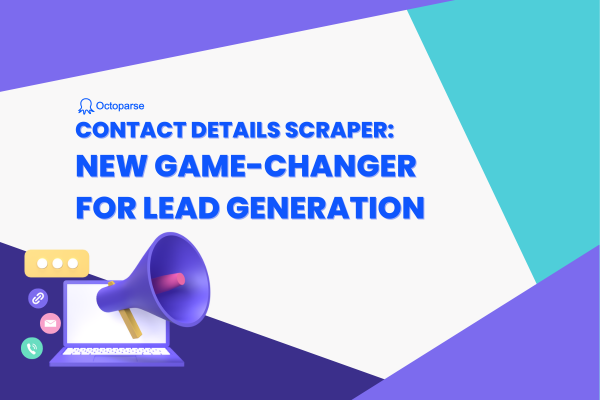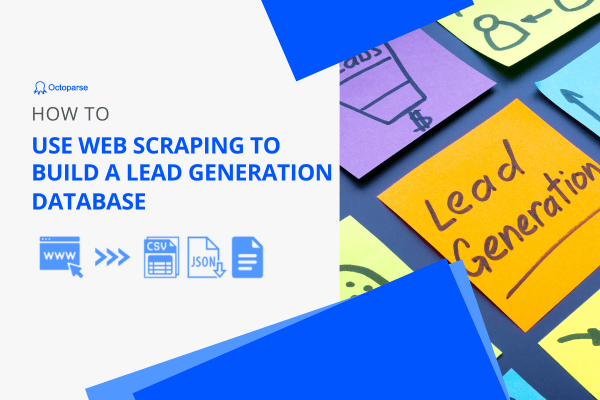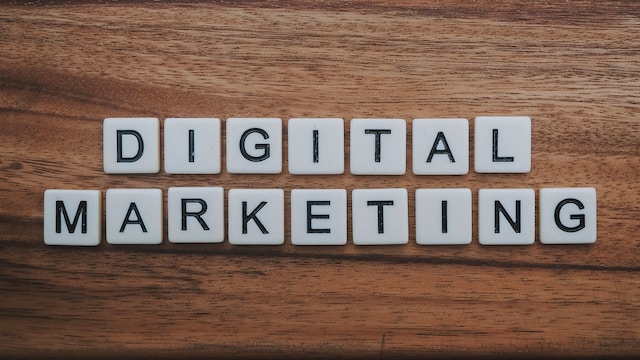Lead generation, as the name implies, is defined as finding the target potential buyers that you could profit from. Without a doubt, it’s an important element for the success of any business, especially for a startup.
Web Scraping is one way you can make sure that the leads you contact are in fact interested in buying what you are selling. Web scraping provides you with the option of making your lead-gathering process more customized to suit the right kind of audience you are looking to market to, by allowing you to specify the exact business type and location you are looking to target thereby narrowing down the target audience which would be more interested in buying what you are selling. Below I will show you the three stages to execute a search effectively with web scraping.
Sourcing
The first thing for gathering lead generation is to identify what sources you will be using. For this, you need to define your target customer and where they are on the Internet. Therefore, you have to keep asking yourself who you are trying to reach out to. Do you want customers or do you want to reach out to influencers to help grow your business? By clearly defining this information, you could make the process more focused to avoid wasting resources on low-quality leads.
To make everything work, you could scrape the information from your competitors’ websites for the customer demographics first with web scraping tools. For example, you could gather information from their public forums to figure out what their customers are like and what they are talking about.
Data Extraction
This process is all about gathering data. You do need to know where to find the target leads, don’t you?
Data extraction is a process of retrieving data (usually unstructured) for further processing. Usually, there are three different methods to get such kind of information.
- Writing the code on your own. This would take time but it would be available to those developers.
- Using scraping software. It’s available to most people as most of web scraping tools are developed for the newbie without coding. It would take little time to learn how to use the web scraping tool and it would cost little.
- Data as a service. Partnering with a third party to give you customized data that is specific to your business needs is another way for data extraction. This is more expensive than using the software but the data is more detailed and more specific.
No matter the method you choose, your web bots will go through your targeted sites and gather the data you need. Unlike in other lead generation methods that usually take days, web scraping can pull thousands of actionable leads in minutes.
Cleansing and Structuring
As the name implies, here the collected data needs to be cleansed and structured. Cleansing is the process of detection and correction of corrupt or inaccurate records. Structuring is the process of re-formatting and reorganizing the data. In simple words, in this stage, you need to organize and format your data correctly by replacing, modifying, or deleting some captured data.
Some web scraping software provides customized tools for you to re-format the captured data. For example, Octoparse has 8 different functions(replace, replace with regular expression, match with regular expression, trim spaces, add prefix, add suffix, re-format extracted date/time and Html transcoding) to re-format the data in the form you want. Also, some web scraping services will provide the data in the form you want directly so that you don’t have to do it yourself.
Now, once you get the leads list, you can go ahead and use a mail merge tool to reach out to potential leads by creating a personalized message template. Furthermore, you can also load the collected information into CRM software, such as MobileMonkey. Overall, with web scraping, you can generate leads for your business in a cost-efficient way. So, just have a try!




